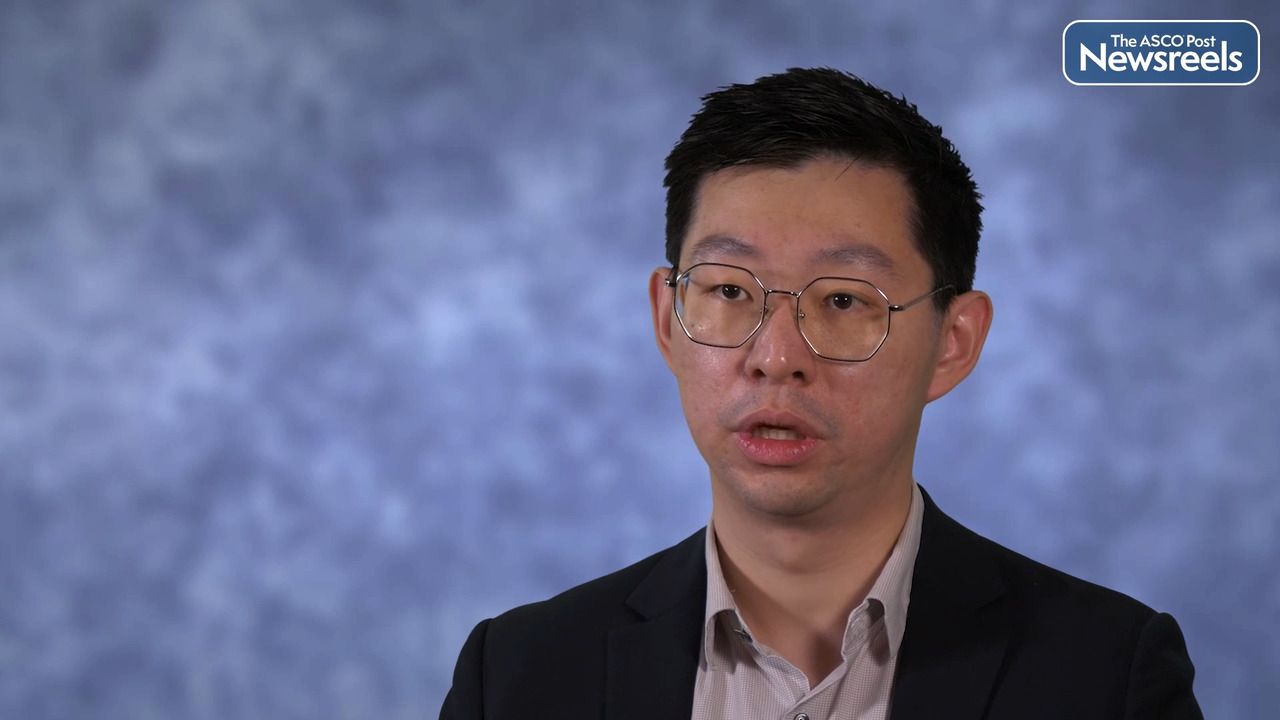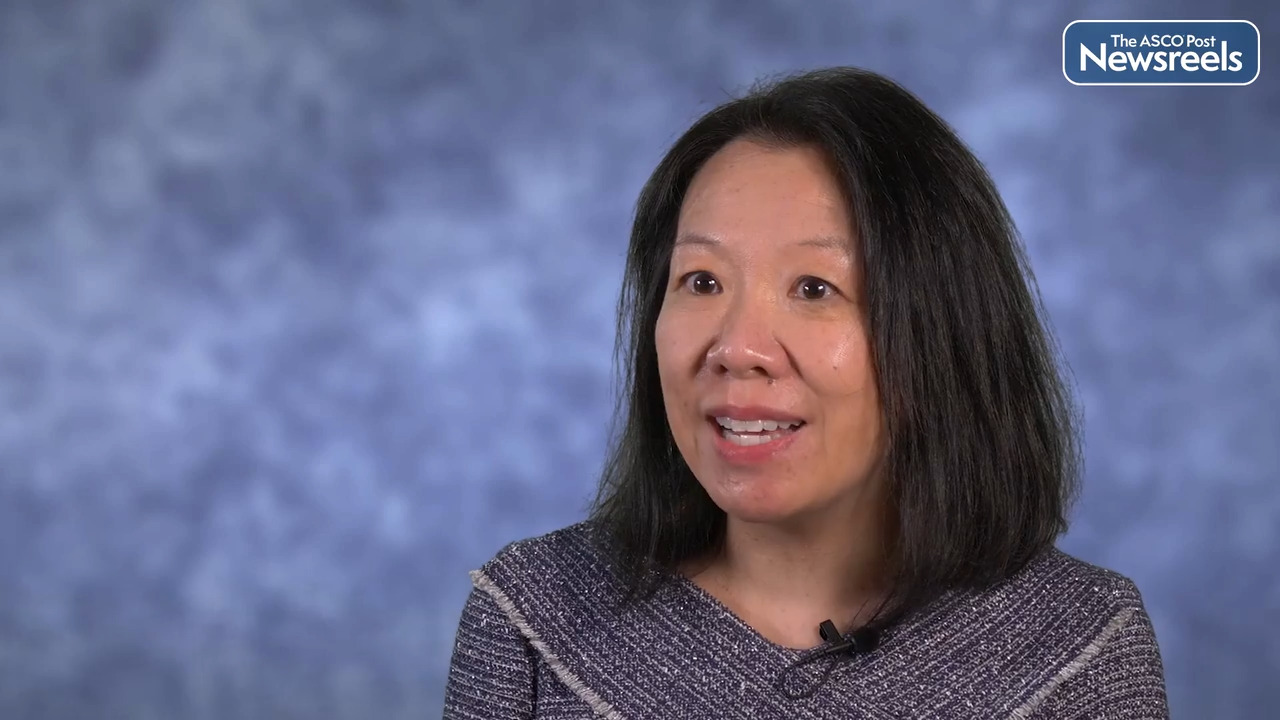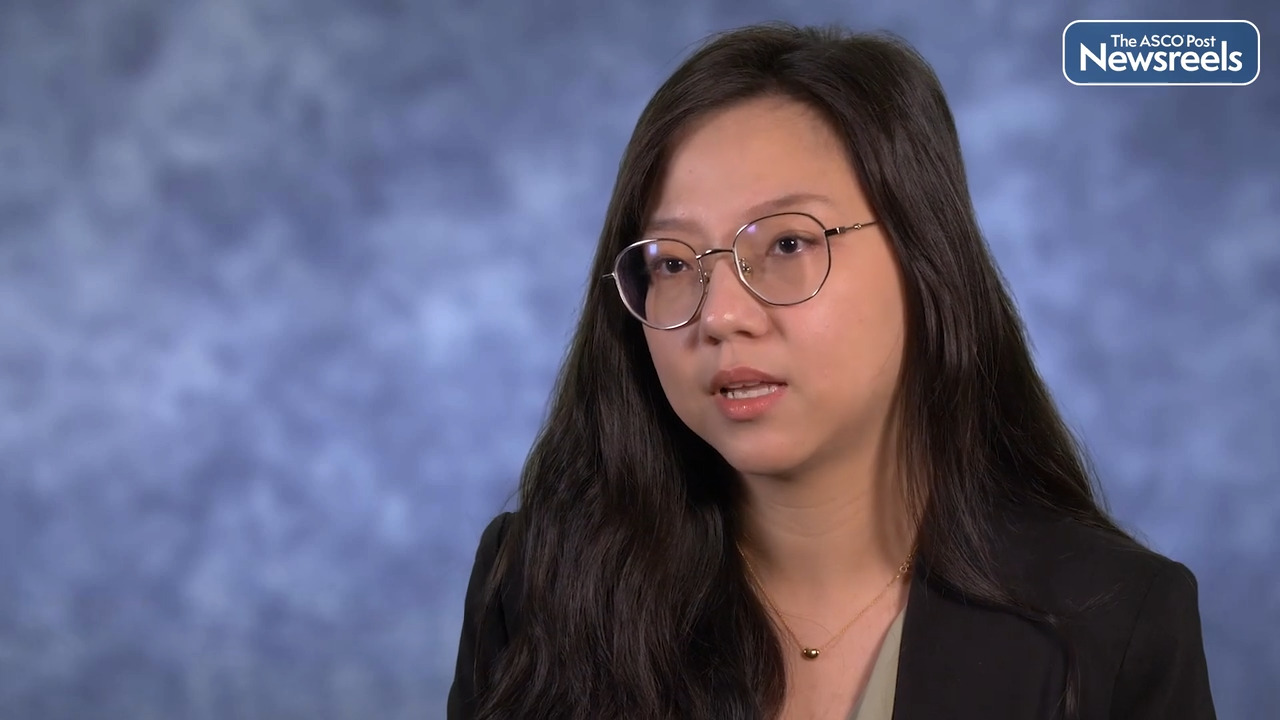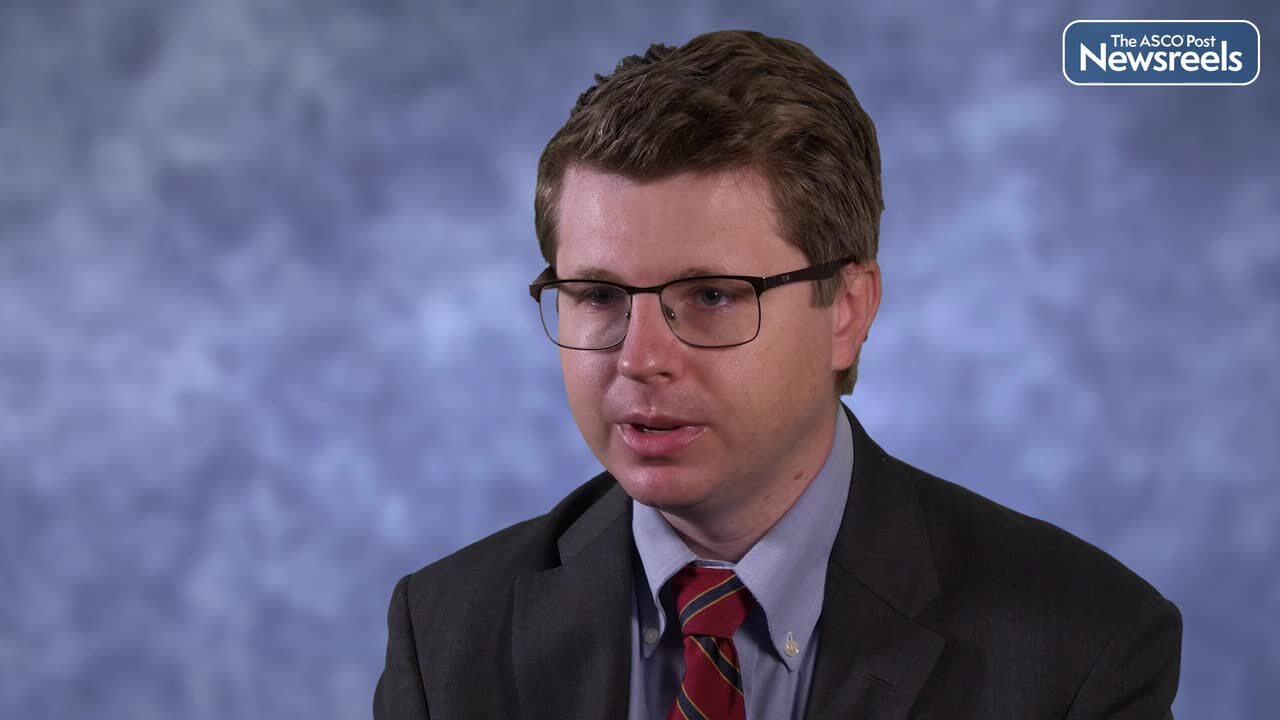Transcript
Disclaimer: This video transcript has not been proofread or edited and may contain errors.
There's a lot of energy in the cancer care delivery side to figure out ways to curb costs because cancer is very expensive. Evidence suggests that cancer drug prescribing accounts for both the largest portion of spending in cancer care, as well as the greatest variation in practice. Therefore, an implicit belief in that inappropriate drug utilization is a key contributor to rising drug costs has led to the inclusion of drug spend in many oncology value-based payment models. One tool that has been gaining traction is that of using oncology clinical pathways to help guide physicians and decision making. These are typically a subset of evidence-based guidelines that, in addition to efficacy and safety, take cost into consideration. The hope is that they might bring about some price awareness among prescribing oncologists and possibly even impose a degree of standardization and drug prescribing. However, studies have shown that payer-led pathways are of pretty dismal compliance rates ranging from 50 to 70%, which really hampers the ability of these programs to achieve their stated goals.
In fact, our partner on this project, Elevance Health, actually pays practices an additional small reimbursement when providers select pathway compliant regimens. And so, understanding the predictors of pathway compliance is really a key implementation question. We wanted to use a large insurer data set to determine the pathway compliance rate among members who have metastatic cancer and who are being treated in their first line of treatment. And secondly, we wanted to identify factors that were associated with pathway compliance. We used longitudinal medical and pharmacy claims data from Elevance Health, which was formerly known as Anthem Health Insurance, as well as eligibility files and prior authorization data from the pathway provider that Elevance uses, which is called AIM Specialty Health, from 2018 through 2021. We were able to connect to program data that offered additional details about prescribing oncologists' practice, as well as social determinants of health data from the American Community Survey.
And from there, we use logistic regression to derive our predictive model of factors influencing pathway compliance. So, several key findings among our patient factors, we calculated two measures of patient complexity. One in which we calculated total medical cost during a six month baseline period, and one in which we measured utilization of healthcare by way of inpatient hospitalizations and emergency room visits. We found that utilization was positively associated with pathway compliance, while total medical costs was negatively associated with pathway compliance. I will say that these are both imperfect measures of complexity and, really, we need to do more work to understand how complexity impacts compliance. We did find several other interesting findings. For example, one is that certain insurance plan types, such as Medicare Advantage versus a self-insured employer for whom Anthem is providing administrative services only, impacted compliance. We found that patients in Medicare Advantage plans were less likely to receive pathway compliant regimens.
We found that the age of the patient matters. So, younger patients were less likely to receive pathway compliant regimens. Type of malignancy mattered. While gastric cancer was negatively associated with pathway compliance, pancreatic cancer was highly positively associated with pathway compliance. We found that compliance trended down over the years, with a reference year of 2018. And then, two important provider and practice factors. When providers saw an above median number of Elevance Health patients among their panel, they were more likely to prescribe pathway compliant regimens. And second, there was a positive association between compliance rates and participation in the oncology care model. The point about oncologists being more likely to prescribe pathway compliant regimens when they saw more Elevance patients in their panel makes sense. They have more familiarity with the program and, really, the program concentration matters. I think this also points to value based care approaches really needing participation and alignment from multiple insurers, both governmental and commercial, so that oncologists are not trying to figure out the specifics of each insurer pathway or bundle, but rather they can adopt a treatment approach that would be copacetic to most, if not all.
Why is pathway compliance trending down? We have internally hypothesized several different reasons, including a rising number of treatment options leading to complexity, lag time from introduction of a new treatment and to inclusion on pathway, implementation challenges related to workflow in their current iteration. Payer-led pathways are not available as a decision support tool at the point of prescribing, but it rather represents some paperwork that practices submit, really, after the fact. And so really, I think this points to payers really having this need to constantly reeducate oncologists and remind them of this program and iterate, really, internally to make sure that this program is working for oncologists. The positive association between the oncology care model and pathway compliance, we thought, was very highly interesting. In some ways, the oncology care model is a total cost of care model that includes drug spend. And so, in many ways it focuses on outcome, whereas pathways really focus on the process or the choice of drug regimen.
For policymakers looking to iterate on the next value-based care model, we thought that the synergy would be of interest. Looking forward, we would like to do a similar study that that gets around some of the challenges that we faced. Our study's retrospective, it used administrative data, and that really misses some key details. We would love to do a study that uses clinical data and is forward looking and is ideally paired with some qualitative data that involves speaking with oncologists and patients to understand better how these treatment decisions are made and how programs, like pathways, can be improved to better suit, really, both parties needs.





